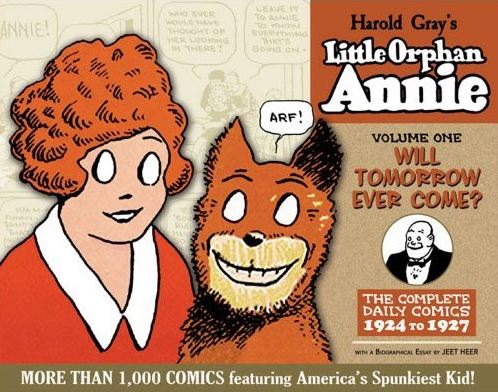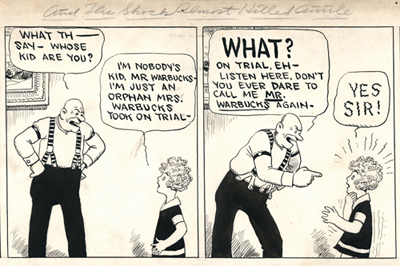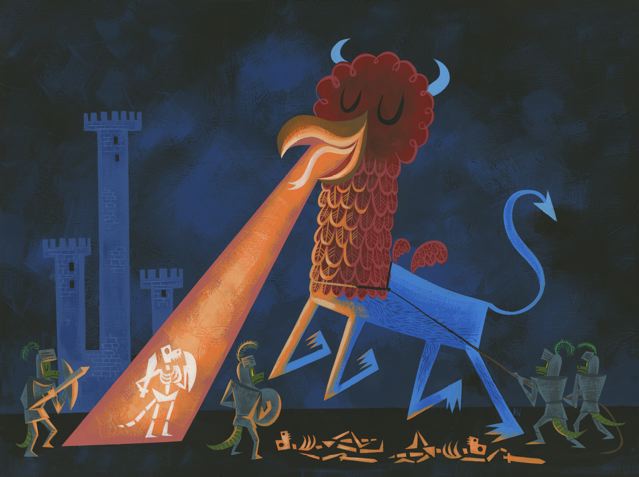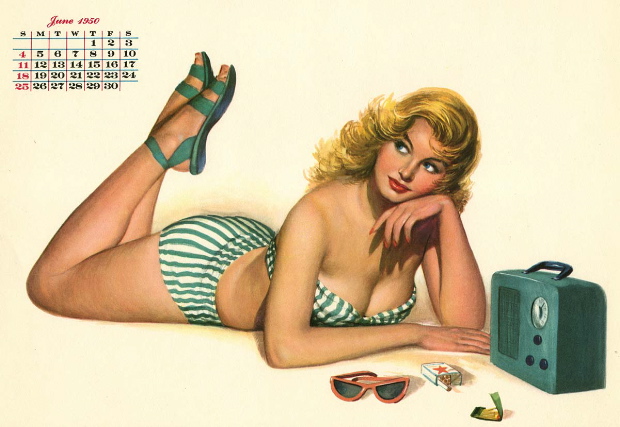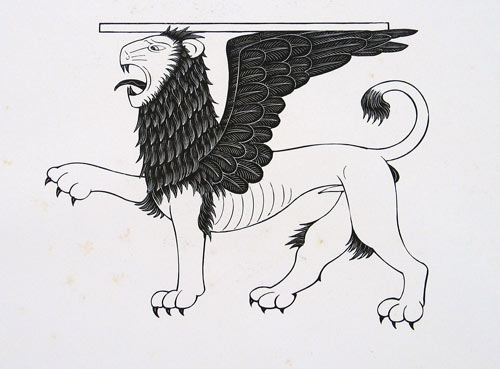
A fine rendering by Eric Gill of the Lion Of St. Mark, still awaiting the Gospel on which his paw is meant to rest.
Gill was a very strange man. A devout Roman Catholic, he created a lot of superb religious imagery, and a lot of very explicit erotic imagery, also superb. Some artists can hold those two realms in their imaginations at the same time — like Prince, for example, before he got seriously into the Jehovah's Witness thing, whatever that is, and started censoring the dirty bits out of his early work.
Sometimes, for Gill, though very rarely, the religious and the erotic inter-penetrated in his art, as it were, and he entered the realm of blasphemy — as when he depicted Jesus having sex with an unidentified female saint. Both wear halos. There is a place for such images in art, transgressive and shocking as they may be to some, since they record genuine tensions that grip the human heart.
In his personal life, however, Gill got seriously unhinged. He sexually abused his children, committed incest with his sister and engaged in sexual acts with his dog. This naturally tends to color one's view of his work, which is a shame, since his work is very good. He just had a screw loose somewhere — I suppose it could happen to an accountant as easily as to an artist.

